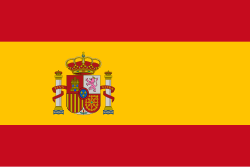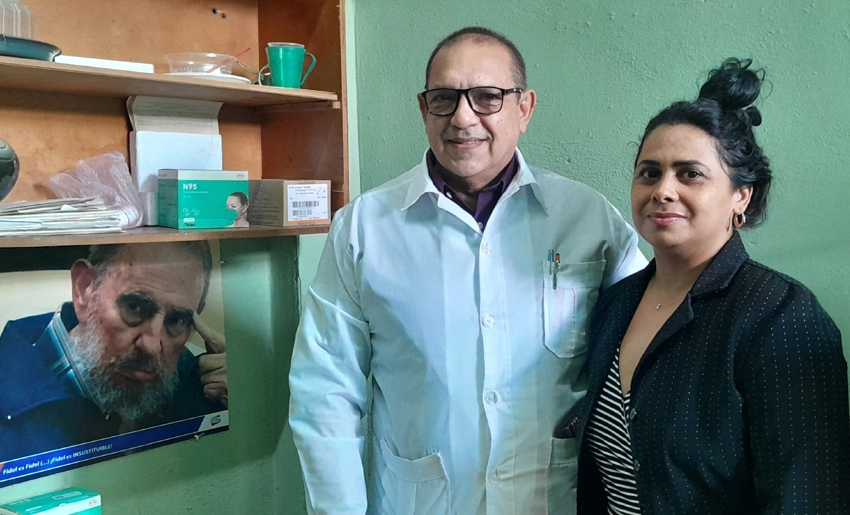The Caumatology Service at the Octavio de la Concepción de la Pedraja Children’s Hospital in Holguin has remained death-free for more than two and a half decades, with a 100% survival rate. Despite hospitalizing nearly 60 patients annually and treating more than 11,000 cases in outpatient clinics.
Dr. Jorge Enrique Márquez Camayd, who as head of this service at the hospital, has been able to lead his team toward this achievement, which translates into returning their children to families alive, despite the complexity of managing and caring for patients with burns of varying degrees, especially when the burns cover more than 10 percent of the body, resulting in serious injuries requiring extreme care.
How has it been possible, despite the severity of childhood burns, to maintain a 100% survival rate?
“There’s an on-call room in the Caumatology ward 24 hours a day, with a nurse and a doctor always available. When a case arrives, first aid is immediately administered. A thorough, very gentle cleaning is performed, without any forceful maneuvers or medications that could deepen the burn.
Then, depending on the severity, a decision is made as to whether the burn is admitted. If the burn is 5 to 10 percent, the patient is admitted. Otherwise, the patient is followed up as an outpatient in our follow-up clinic on Mondays, Wednesdays, and Fridays, from 9:00 a.m. to 12:00 p.m.
“Although we have had and treated critically ill and extremely critically ill patients, we have maintained a 100% survival rate for more than 25 years. It’s true that serious and fatal accidents have decreased in children, but they have not ceased to exist, and we have maintained a zero mortality rate. This is an achievement for the hospital, the service, and the province.”
“A burn patient is one of the most serious cases in a hospital. The severity of whether they’ll live and how they’ll end up, coupled with the daily worry of the pain and discomfort from treatment, is compounded. This is a patient who needs the full sensitivity of their doctor, their nurse, and their team. And the hospital and the surgical team always support these patients in every way, and they never lack this essential resource.”
What is the most common condition treated in this service?
“Household burns, especially in the kitchen at an early age, when children begin to discover the world and then knock over pans of hot grease or boiling water. Friction burns caused by bicycles are also, for me, a major health problem today due to their frequency. Not just bicycles, but motorcycles as well.
We wanted to do a study on how, if helmets are required for motorcycles today, bicycles should also be required to wear spoke protection.” While many bicycles come with a protective guard, others don’t, and since children ride in different positions, it’s important to keep in mind that these burns can often leave disabling and disfiguring aftereffects.
“We always give educational talks here in the office and in the ward, but there are also health departments that are primarily responsible for these preventative measures. Anything we can do is insufficient to prevent burn accidents.”
How should the family react if a child suffers a burn accident?
“The first thing to do as soon as the burn disappears is to try to cool it. Skin, among its characteristics, heats up slowly but also cools down slowly. So sometimes the heat remains and continues to cause burns. The key is to try to pour water on it—it doesn’t have to be cold—to cool the burn. That helps prevent it from getting worse. We see people putting toothpaste or egg on it at home. The key is to cool it down and not put anything on it that could contaminate it.”
Maintaining this excellent survival rate for patients arriving in critical condition at the Holguin Pediatric Hospital speaks to the professional quality of this service, only possible thanks to the daily and sustained work of those who, with sensitivity and humanism, are committed to saving lives.
- International Scientific Conference on Neurogenetics - 11 de December de 2025
- 60 years in service to life: A tribute to the Lenin Hospital - 10 de December de 2025
- Renowned UK Scientists to Visit Holguin - 8 de December de 2025

